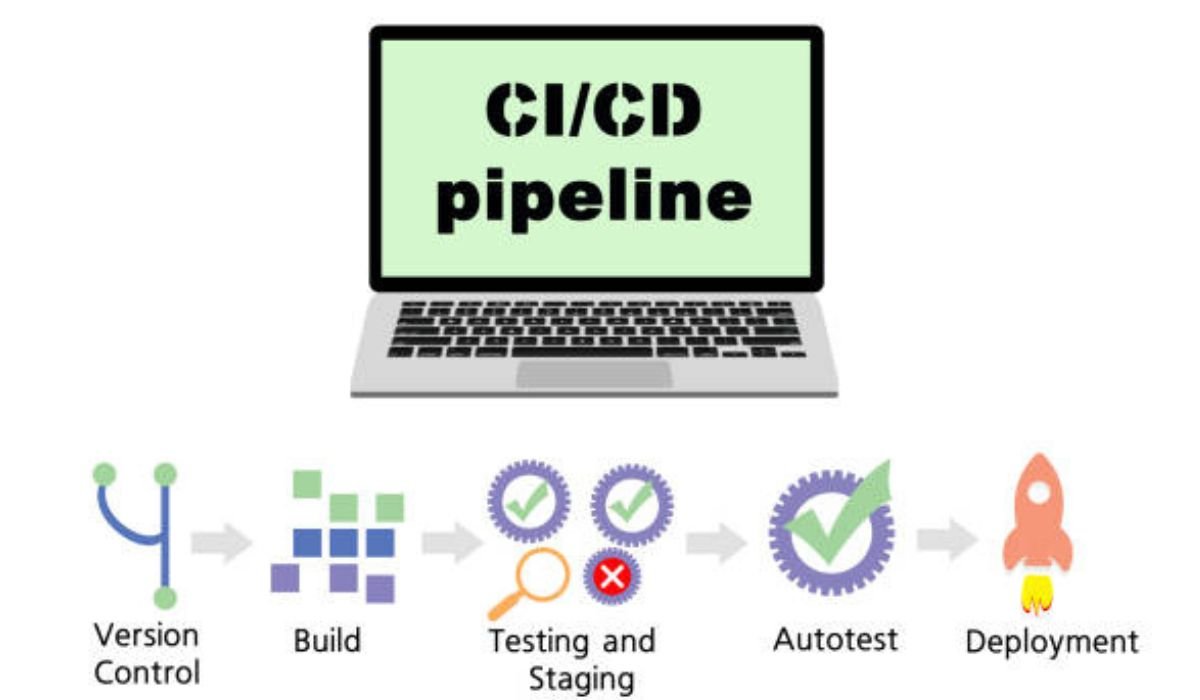Enterprises no longer need one-size-fits-all AI. The most competitive businesses are already moving toward intelligent systems trained for context, optimized for performance, and integrated directly into domain workflows. Domain-specific AI agents, including smallest AI agents tailored for edge environments, offer a tactical advantage, driving automation, personalization, and insight across specialized environments.
This article introduces a practical approach to building domain-specific AI agents that align with real business operations. It covers everything from use-case design to model training and iterative deployment.
Understanding Domain-Specific AI Agents
Generic AI agents fall short when nuance, compliance, and contextual awareness are non-negotiable. Domain-specific agents are purpose-built to operate within focused industry environments such as finance, healthcare, manufacturing, and retail. These systems are trained on domain-relevant data, modeled around process-specific workflows, and tuned to recognize terminology, regulatory flags, and conditional logic unique to that sector.
Customization as a Design Principle
Customization is not just about interface preference; it’s about structural alignment. Every agent layer must reflect the real-world operational stack, from proprietary taxonomies and form logic to industry-specific risk tolerances and escalation protocols. This includes embedding regulatory context into language models, defining roles and escalation thresholds in dialogue trees, and enabling seamless integration with APIs that pull or push data across CRMs, EMRs, ERPs, or financial systems.
With the architectural foundation in place, the next step is moving from theoretical design to live deployment. This transition requires a structured approach to ensure the agent delivers consistent results in production settings.
From Planning to Production: Operationalizing AI Agents
Success starts with a clear problem definition and a realistic delivery path. This section outlines the practical steps enterprises should take to deploy agents that don’t just talk, they execute.
Step 1: Define the Use Case, Not the Tech Stack
Start with high-friction processes: invoice validation, claims intake, and patient onboarding. Then map how an AI agent could reduce cycle time, improve accuracy, or scale human capacity.
Step 2: Identify Domain-Specific Data Sources
Vertical AI needs vertical data. Tap into domain knowledge bases, structured documents, process logs, and subject-matter expert transcripts to fine-tune prompts or train models that perform with real-world fidelity.
Step 3: Build and Integrate with Minimal Overhead
Use no-code/low-code tools to configure logic and deploy across existing CRM, EMR, ERP, or a mobile interface. Integration needs to prioritize speed-to-value and compatibility with your current stack.
This foundation of planned execution sets the stage for a critical phase, ensuring the agent performs as intended once it enters real-world scenarios.
Training, Testing, and Iterating
Creating a high-performing agent requires more than building a pipeline. It involves real-world testing, failure pattern analysis, and continuous retraining.
Fine-Tuning with Feedback Loops
Run the agent in shadow mode or limited live deployment to surface flaws in logic, intent resolution, and contextual handling. Focus on collecting granular feedback on false positives, missed intents, and low-confidence outputs. These signals become training inputs, used to recalibrate thresholds, retrain task-specific sub-models, or rewrite prompts for greater accuracy and nuance. Implement telemetry hooks to track fallbacks, handoffs, and response latency during this phase.
Human-in-the-Loop for High-Stakes Interactions
In regulated or high-risk environments, agents should be designed with intervention hooks that allow human override when needed. Introduce confidence scoring thresholds that determine when a human should review the decision or approve the response before it’s surfaced. This not only maintains compliance but also builds trust among users and stakeholders. Over time, human-in-the-loop data can also be used to retrain agents for higher-confidence autonomy in similar contexts.
Deployment and Lifecycle Management
Deployment should be gradual and trackable. It should roll out through internal tools, customer-facing apps, or call center interfaces while capturing metrics tied to uptime, accuracy, and handoff volume.
Govern agents like any software asset, version them, monitor performance, and maintain compliance with audit-friendly logs and rollback paths.
Once the operational foundation and deployment strategy are in place, the conversation naturally shifts to where these agents can deliver the most value. Real-world use cases demonstrate how well-designed AI agents drive measurable improvements across verticals.
Use Case Highlights
Once the strategy and technology stack are aligned, impact must be demonstrated in measurable outcomes. The following examples illustrate how domain-specific agents are already reshaping operational efficiency, compliance, and customer experience in real-world settings.
1. Field Service Optimization
AI agents can triage field support requests, dispatch technicians, and even guide customers through self-service workflows, freeing human reps to handle escalations.
2. Financial Transaction Processing
From fraud flagging to credit prequalification, domain-specific agents reduce latency and improve rule-based decision-making in financial workflows.
3. Clinical Documentation Support
In healthcare, agents can auto-generate structured documentation from provider dictation, reducing manual input errors and improving coding compliance.
As deployment matures and measurable results emerge, forward-looking organizations already focus on what’s next. Understanding upcoming trends helps align internal roadmaps with where the technology is headed and ensures long-term relevance, not just short-term wins.
Looking Ahead: Trends in Domain-Specific AI
As organizations build momentum with AI agents in production, it’s critical to anticipate where the technology is headed next. Staying ahead of these trends enables leaders to drive innovation while reducing risk and futureproofing their infrastructure.
- Vertical Language Models: Purpose-built LLMs for specific industries will outperform general comprehension and intent mapping models.
- Composite Agents: Multiple narrow agents handling a discrete task will be orchestrated into pipelines that support complete end-to-end workflows.
- AI Governance Frameworks: Enterprises will implement agent governance layers with auditing, fallback logic, and alignment controls.
Conclusion
Domain-specific AI agents are not experiments but foundational systems that can define how agile, compliant, and intelligent your business is. When built with a deep understanding of sector-specific processes, these agents don’t just streamline operations; they elevate them. Organizations that prioritize alignment between AI behavior and real-world workflows will realize improvements in speed and accuracy, long-term scalability, user trust, and operational resilience. Now is the time to invest in systems that go beyond automation; systems that understand and adapt to your business.
READ ALSO: Beyond Keywords: Building Intelligent Bots That Understand Context and Intent











